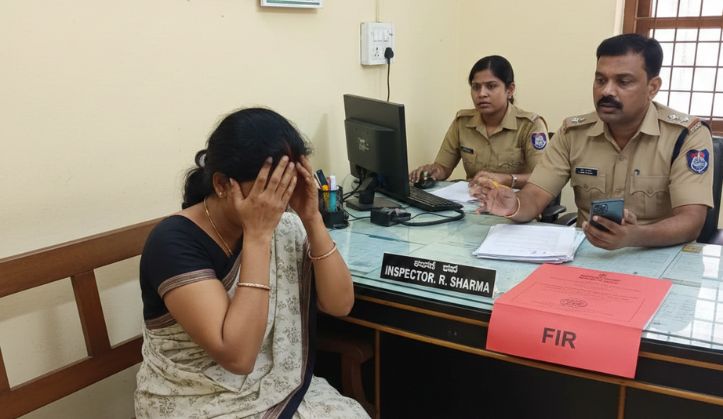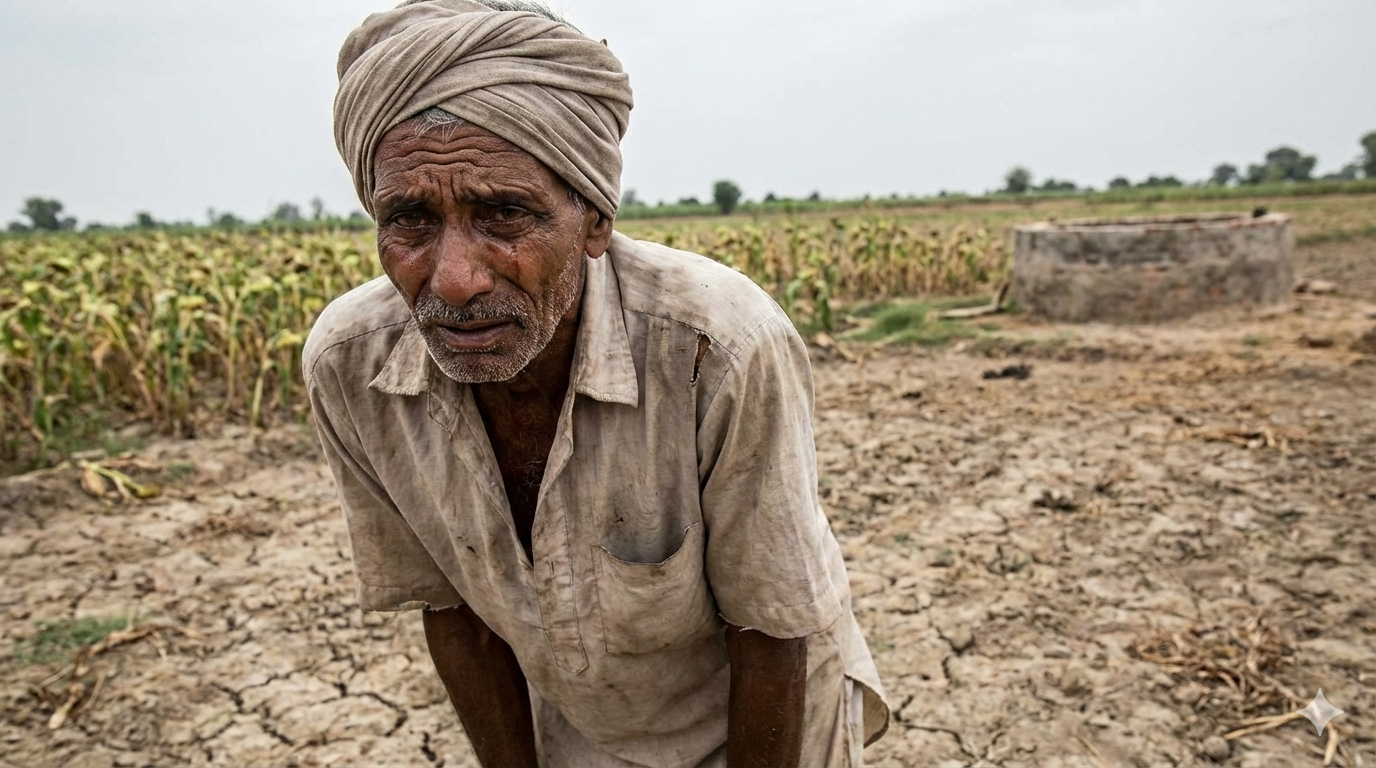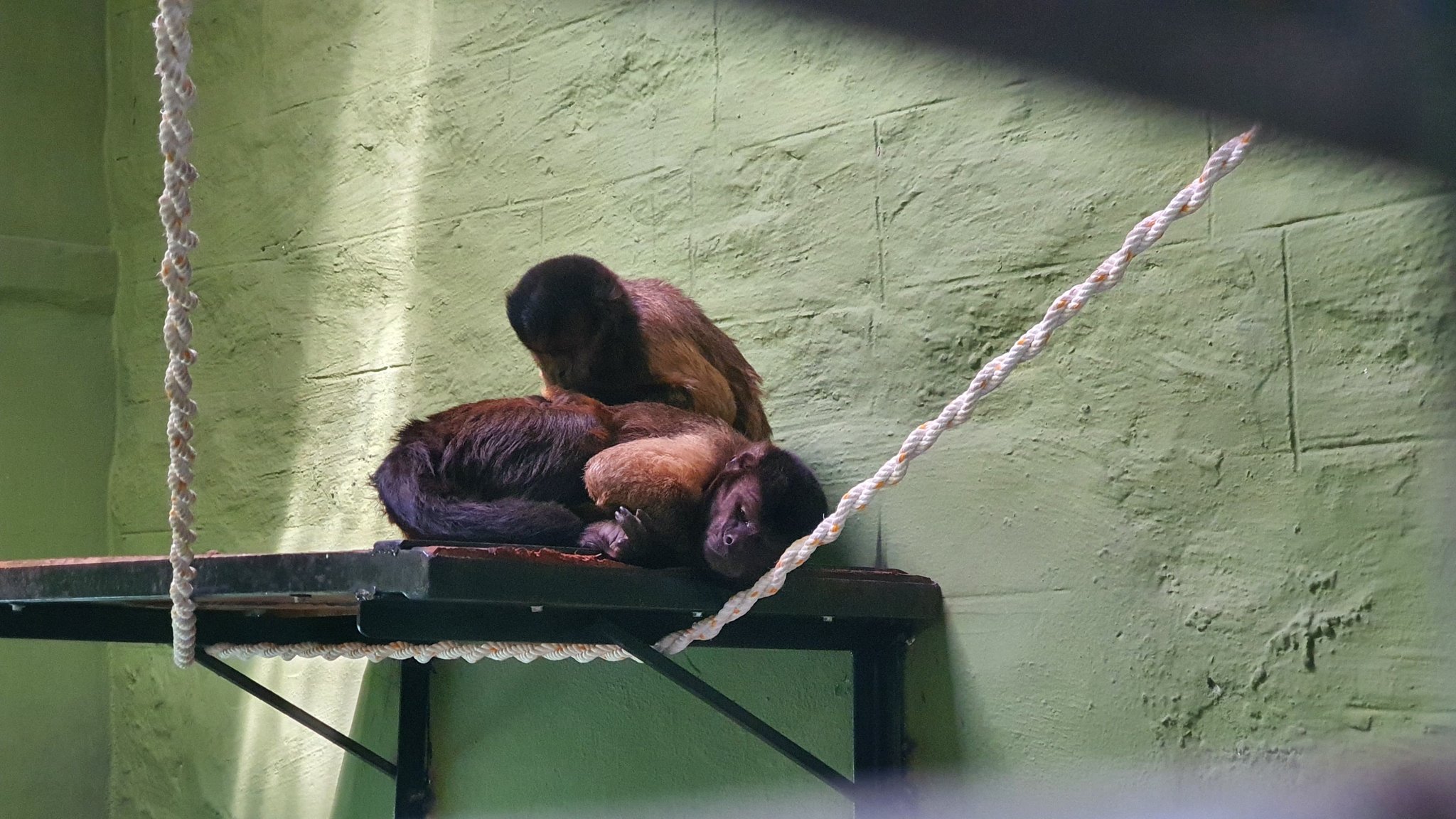Karnataka plans size-based buffer zones for waterbodies
Karnataka is the only state to have framed incremental buffer guidelines scientifically linked to tank size, after reviewing practices in other states like Gujarat, Telangana and Tamil Nadu.
PTI
-
Representative image (Wikipedia)
Bengaluru, 3 Aug
The Karnataka Tank Conservation and Development Authority (KTCDA) has
proposed a scientific revision of buffer zone regulations based on the size of
waterbodies, becoming the first state in the country take such an approach.
In a press release, KTCDA said, “For the first time in the country, a
proposal has been made to scientifically modify buffer zone regulations based
on the size of waterbodies/tanks in the state.”
The move follows representations from elected representatives, including
the MLA from Kundapura and the Deputy Commissioner of Udupi, who sought changes
in the uniform 30-metre buffer zone rule, citing its disproportionate
application to both small and large waterbodies.
Based on its recommendations, the KTCDA has proposed a graded buffer system -- zero metre for up to 5 guntas of water body, three metres buffer zone
for water bodies between five guntas and one acre, six metres for lakes above
one acre to 10 acres, 12 metres for lakes above 10 acres to 25 acres, 24 metres
for lakes above 25 acres to 100 acres, and 30 metres buffer zone for lakes
above 100 acres.
The release said, “This buffer distance has been framed using a
scientific approach, as the buffer zone serves to facilitate the natural inflow
of rainwater into lakes… smaller tanks will have smaller buffers, while larger
tanks will have larger buffers.”
The proposal also includes revised norms for nala buffers, replacing the
existing 30, 15 and 10 metre norms for primary, secondary and tertiary nalas
respectively, which were found to be unscientific.
As per the revised proposal, the buffer zone will be 15 metres for
primary nalas, 10 metres for secondary nalas and 5 metres for tertiary nalas.
KTCDA added, “The modification allows only public utility within buffer
zones, without reducing the tank capacity or obstructing water flow… this
modification is not intended for real estate development; it aims solely to
bring uniformity in buffer zones for different tank sizes.”
Karnataka is the only state to have framed incremental buffer guidelines
scientifically linked to tank size, after reviewing practices in other states
like Gujarat, Telangana and Tamil Nadu.
According to KTCDA, the changes will not increase flood risks, but
instead help mitigate them in urban areas, while supporting essential
infrastructure like sewage treatment plants, water pipelines, and roads.
Leave a Reply
Your email address will not be published. Required fields are marked *








.jpg)


.jpg)

.png)
.png)

.png)
.png)
.jpeg)
.png)
